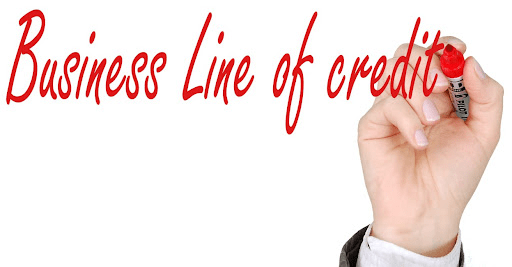A business line of credit functions similarly to a credit card. When you fulfill business line of credit requirements and get one, you can take out money when you need it and pay it back over time. You can use and repay your line of credit as many times as you want as long as you make timely payments and don’t go over your credit limit.
You only pay interest on the amount you borrow, and most lenders allow you to pay off your entire sum early to avoid paying interest.
A business line of credit differs from a term loan, which offers a one-time lump sum of money that must be returned over a set length of time, or term. Borrowing limitations on lines of credit are often lower than those on term loans, ranging from $1,000 to $250,000.
Lines of credit are divided into two types, unsecured lines of credit and secured business lines of credit. In simple terms, secured business lines of credit is when the loan is secured the lender places a lien on an asset owned by the borrower. It can somewhat be considered as collateral security as well. Whereas in terms of unsecured lines of credit the lender assumes a great/big risk in granting an unsecured loan, in such case if the borrower fails to repay, there is nothing to confiscate.
How can I receive a company credit line?
Although not all lenders have a minimum credit score requirement, borrowers will almost certainly need a score of 500 or above to be considered.
Interest rates and borrowing limitations vary a lot based on the lender’s requirements and the borrower’s situation.
Lenders often want personal and business tax returns, bank account details, and business financial documents, such as profit-and-loss statements and a balance sheet, when you apply for a business line of credit.
To qualify for a line of credit, most traditional lenders require a high level of revenue and a long track record.
Credit cards for businesses vs. credit lines for businesses:
Commercial credit cards are also lines of credit, but they differ in numerous respects from regular business lines of credit. When you make a draw on a business line of credit, you get a greater credit limit, which can be secured by collateral, and you get actual cash in your bank account.
You can get cash with a company credit card, but you’ll have to pay fees and have a higher APR. Annual fees and late-payment fees are two other prevalent expenses for company credit cards.
Smaller continuous spending and fresher firms without established finances are best served by business credit cards, whereas bigger ongoing expenses and more experienced businesses are best served by a business line of credit.
Business credit cards, like personal credit cards, can offer incentives or cashback for purchases.
Typically, rewards are tied to company expenses like office supplies, petrol, internet, and cable. They may also run 0% interest deals, in which you pay no interest on your balance for a set amount of time after you sign up for the card.
When is it a good idea to use a business line of credit?
These small business administration loans are made to help people, especially with small businesses. The optimal time to secure a line of credit for your business, like other business finance choices, is when your organization has good income and cash flow, rather than when your business is in a cash flow constraint. When your organization is in good financial form and has no cash flow issues, you’re more likely to qualify for the finest terms.
Keep in mind that you’ll only be charged interest on the money you borrow. You are not obligated to use a line of credit you obtain today, but it will be available when your company requires additional funds.
Pro tip: While a business line of credit can be beneficial to most business owners, a small business loan (particularly a term loan) may be a better choice for you if you need a lump sum of money to cover a one-time project or a long-term project.
